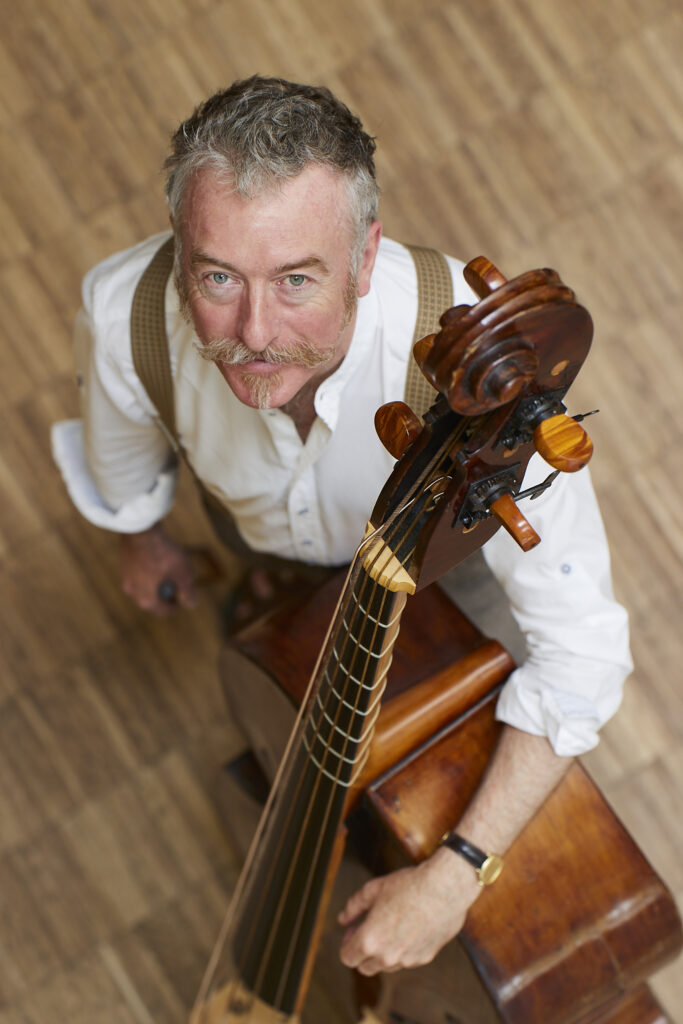James Munro
violone, doublebass
Why choose to play historical instruments? What are the benefits of using gut strings or a historical bow? Why invest time in mastering the intricacies of playing a historical chord? These fundamental questions, often raised by others, only surfaced many years into my personal journey of exploration as a 'historically informed' musician. Over time, I've integrated these elements into my unique approach to music, sound, and their significance as a bass line player.
Starting my musical journey as a keyboard player, I unintentionally transitioned to the double bass during my teenage years. I was instantly captivated by the instrument's inherently fundamental and inclusive nature. It serves as both the bedrock of musical structure and the driving force behind its harmony and rhythm.
The pivotal moment in my musical journey occurred when I first listened to a recording of French baroque music played on the viola da gamba. The impact of that encounter resonates in my career to this day. The distinctive sound, the rich timbre, and the palpable warmth of gut strings deeply moved me, forging a connection with the core of expressive sound. It unveiled a potential that had previously seemed beyond reach.
In the ensuing decades, I have actively participated in performances, recordings, and teaching engagements with numerous ensembles and orchestras across Europe and globally. I've played a variety of instruments from the baroque and classical bass groups, including the double bass, Viennese double bass, violone, and viola da gamba. Throughout this journey, my research has been driven by a steadfast commitment to re-imagining the sonic landscape of the baroque era, striving to align with the intentions of the period's composers. I firmly believe that the most enlightening and compelling path toward these objectives lies in the meticulous use and mastery of the tools of the baroque period—historical instruments, strings, bows, and tunings. The ultimate goal is a meaningful engagement with the music and its expressive potential, fostering enrichment both as a performer and as an individual.

